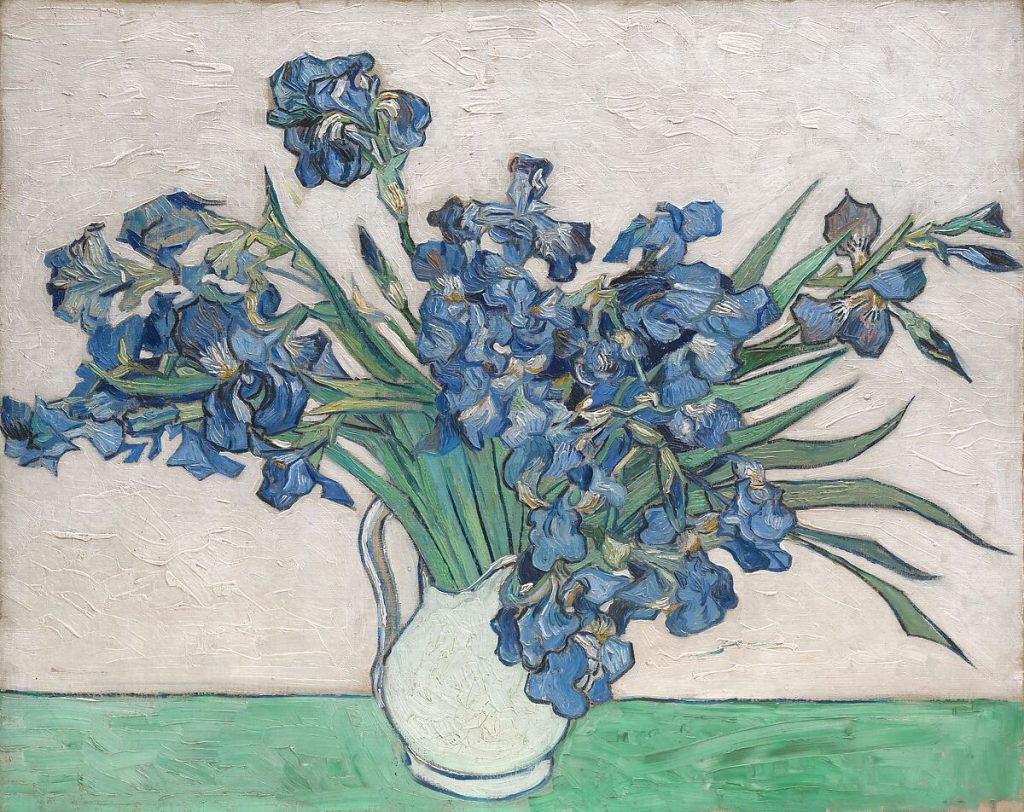My Favourite Artist – Vincent van Gogh
In this article, read artist Sarah Fenwick’s take on her favourite painter, Vincent van Gogh.
“I am rich – not in money, but because I have found in my work something which I can devote myself to heart and soul, and which inspires me and gives meaning to life.” Vincent van Gogh, 1883.
Vincent van Gogh, the Dutch artistic genius who formed a bridge between Impressionism and modern art, was born in 1853 and cut short his own life 37 years later, overburdened by anxiety, financial distress, and painful struggles with mental illness. During his life, he made approximately 900 paintings, known for their vivid, visionary use of colour, bold brushstrokes, and emotional intensity.
What I love most about Vincent’s paintings is the deep empathy he had for the humanity of his subjects, and the determination to transcend the difficulties of his life with the beauty of art. I also admire the sense of movement in every inch of his canvas. One of his greatest strengths was his ability to connect with people from all walks of life and to capture the essence of their experiences through his paintings. He was deeply moved by the struggles of everyday people, possibly relating them to his own struggles.
Another aspect of van Gogh’s oeuvre is the sense of presence, his works are still contemporary more than 130 years after his death, still fascinating and appealing to each new generation.

Vincent often painted landscapes and still life, but he’s perhaps best known for his portraits, particularly his self-portraits, of which he painted 35 at different stages of his life, according to the van Gogh Museum.
His most famous works include “Starry Night,” “The Sunflowers,” and “Irises.” “Starry Night,” painted in 1889, is a particularly iconic piece and is considered one of the greatest works of Western art. The painting features a swirling sky full of stars and the moon over a sleepy French village. “The Sunflowers,” a series of paintings created in 1888, depict vases of sunflowers in various stages of bloom, and “Irises,” painted in 1889, features a group of irises against a blue and green background.
Post-Impressionist Vincent van Gogh
Vincent van Gogh wanted to break away from the art movements like Impressionism that had preceded him, even though he admired figures like Degas and Claude Monet. Writing to his artist friend Horace Livens, van Gogh said: “I have made a series of colour studies in painting, simply flowers…seeking oppositions of blue with orange, red and green, yellow and violet seeking les tons rompus et neutres (neutral colours) to harmonize brutal extremes,” according to the book ‘Van Gogh Face to Face’ by The Detroit Institute of Arts.
Vincent also strived to avoid too much realism, preferring to communicate how he saw his subjects through the language of colour and the vigour of his brushstrokes. In this, his self-taught status as an artist probably supported him because he wasn’t overly restricted by the ties of perfectionism that might have pinned down his powerful imagination. That’s not to say that Vincent van Gogh wasn’t trained, he worked with masterful painters of the time like Paul Gaugin and learned how to draw from his uncle, the artist Anton Mauve.
In the last two years of his life, Vincent painted one painting a day, possibly sensing he was running out of time. His paintings are a study in contrasts, from the sombre, intense portraits and complementary colours, to the ecstatic brushstrokes in his landscapes.
Van Gogh wasn’t trying to get his paintings ‘right’ or ‘real’, in this way he was a channel for the universe’s creative expression, he wanted the painting and its subject to take on a reality of its own.
In conclusion, Vincent van Gogh’s life and works continue to inspire and fascinate me and other people worldwide. His devotion to his art, empathy towards humanity, and determination to break away from the art movements that preceded him make him a courageous artist. Vincent found his riches not in money but in his ability to devote himself, heart and soul, to his work, which gave his life meaning and purpose. Even though he struggled with mental illness and financial distress, he never lost his passion for painting, and his paintings still move people today, more than 130 years after his death. In his own way, Vincent van Gogh was a channel for the universe’s creative expression, and his art lives on as a testament to his vision and passion.
Thank you Sarah. A beautiful tribute to the great artist.
Thank you for your comment, Lambo, appreciate it, and I’m glad the blog inspired you.